
| Recorded by: R. Newman on 2025-11-21
Carteret Co.
Comment: | 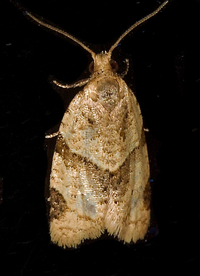
| Recorded by: Jim Petranka on 2025-11-20
Madison Co.
Comment: |
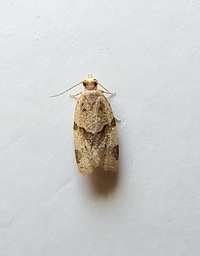
| Recorded by: Mark Basinger on 2025-11-08
Brunswick Co.
Comment: | 
| Recorded by: Marilyn Westphal on 2025-11-07
Henderson Co.
Comment: |

| Recorded by: Dean Furbish on 2025-10-20
Pender Co.
Comment: | 
| Recorded by: Jim Petranka on 2025-10-12
Madison Co.
Comment: |
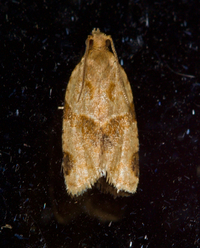
| Recorded by: Jim Petranka on 2025-10-05
Madison Co.
Comment: | 
| Recorded by: Dean Furbish and Joy Wiggins on 2025-09-19
Wake Co.
Comment: |
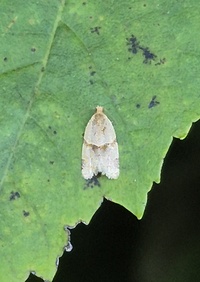
| Recorded by: Michael P. Morales on 2025-09-12
Jackson Co.
Comment: | 
| Recorded by: Michael P. Morales on 2025-09-12
Jackson Co.
Comment: |
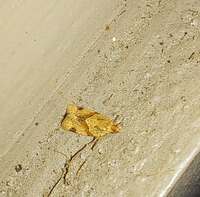
| Recorded by: Allison Garton on 2025-09-08
Moore Co.
Comment: | 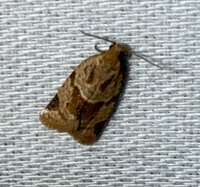
| Recorded by: Marilyn Westphal on 2025-09-07
Henderson Co.
Comment: |
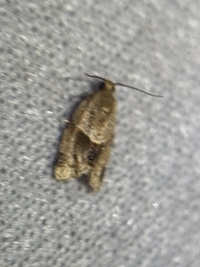
| Recorded by: Larry Chen, Sarah Toner on 2025-09-06
Beaufort Co.
Comment: | 
| Recorded by: Jim Petranka, Becky Elkin and Marilyn Westphal. on 2025-09-05
Henderson Co.
Comment: |

| Recorded by: Dean Furbish, Lior S. Carlson, John F. Jarvis on 2025-09-05
Orange Co.
Comment: | 
| Recorded by: Allison Garton on 2025-09-02
Moore Co.
Comment: |
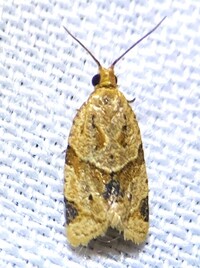
| Recorded by: Dean Furbish and Joy Wiggins on 2025-09-02
Wake Co.
Comment: | 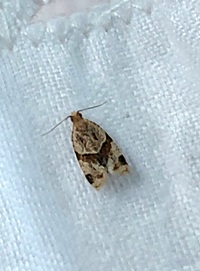
| Recorded by: Mark Basinger on 2025-09-01
Rowan Co.
Comment: |
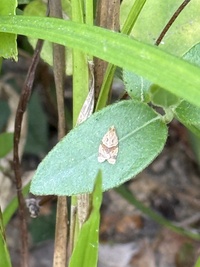
| Recorded by: Larry Chen and Sarah Toner on 2025-08-23
Bertie Co.
Comment: | 
| Recorded by: Mark Basinger on 2025-08-22
Brunswick Co.
Comment: |

| Recorded by: R. Newman on 2025-08-22
Carteret Co.
Comment: | 
| Recorded by: Jim Petranka, Marilyn Westphal and Becky Elkin. on 2025-08-17
Henderson Co.
Comment: |
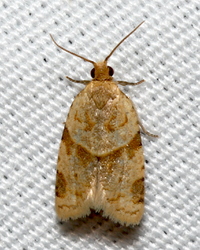
| Recorded by: David George, Kevin Bischof, Rich Teper, Patrick Coin on 2025-08-15
Transylvania Co.
Comment: | 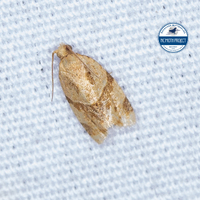
| Recorded by: Lior S. Carlson, Dean Furbish, Randy Emmitt on 2025-08-12
Alamance Co.
Comment: |

| Recorded by: Mark Basinger on 2025-08-12
Ashe Co.
Comment: | 
| Recorded by: Melody McMichael on 2025-08-06
Forsyth Co.
Comment: |
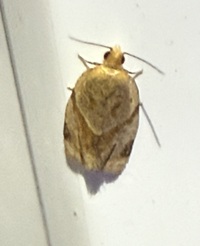
| Recorded by: Marilyn Westphal on 2025-08-06
Henderson Co.
Comment: | 
| Recorded by: Larry Chen, Sarah Toner on 2025-07-31
Dare Co.
Comment: |

| Recorded by: Melody McMichael on 2025-07-24
Forsyth Co.
Comment: | 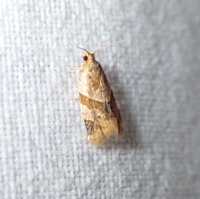
| Recorded by: Sarah Toner on 2025-07-22
Tyrrell Co.
Comment: iNat record - https://www.inaturalist.org/observations/300571870 |
|

 »
»
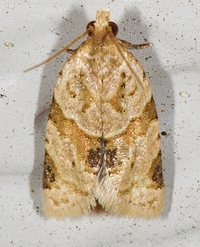
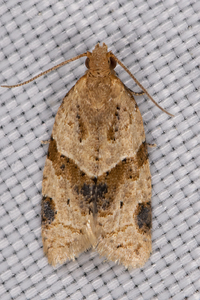

 »
»

